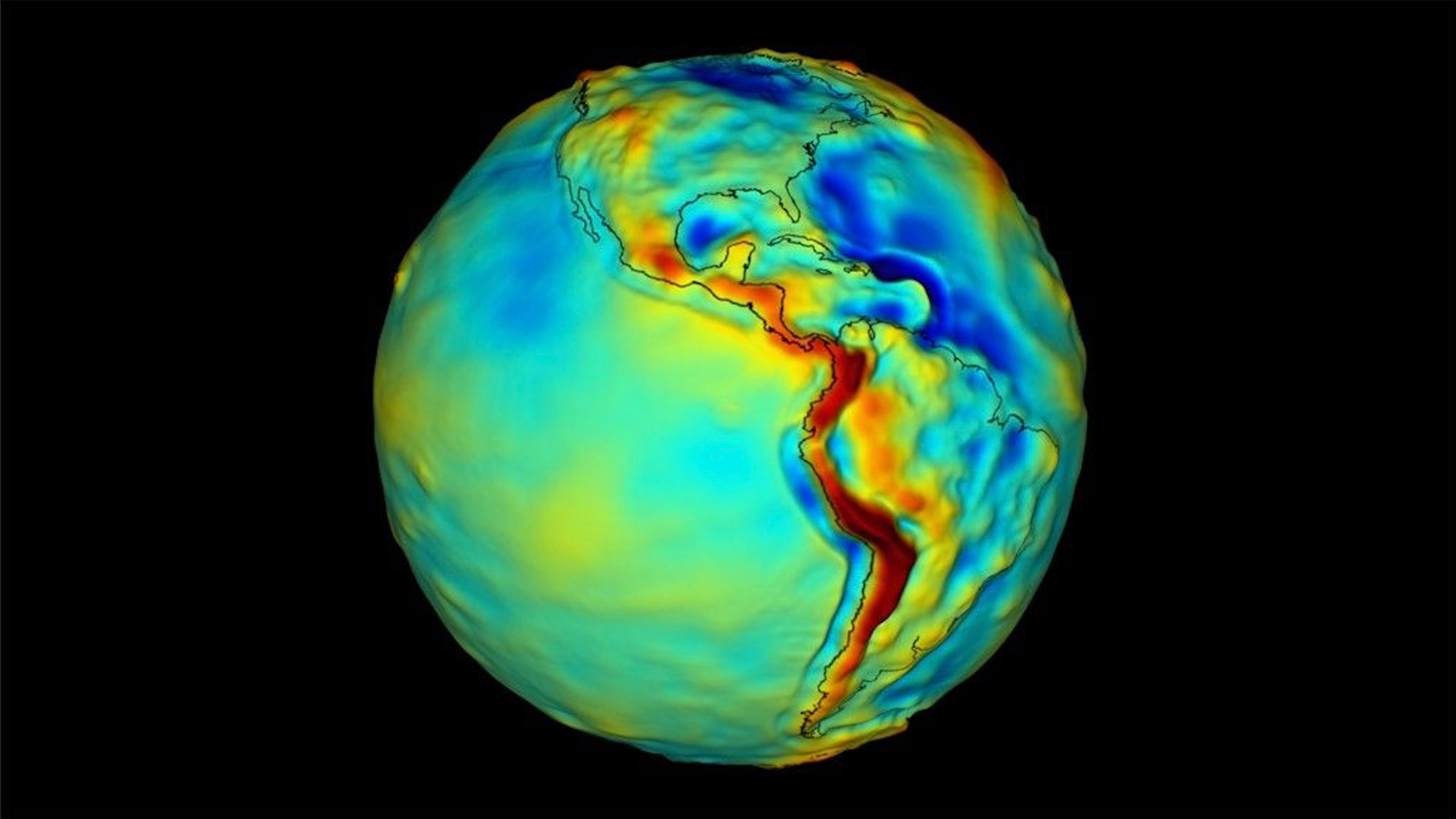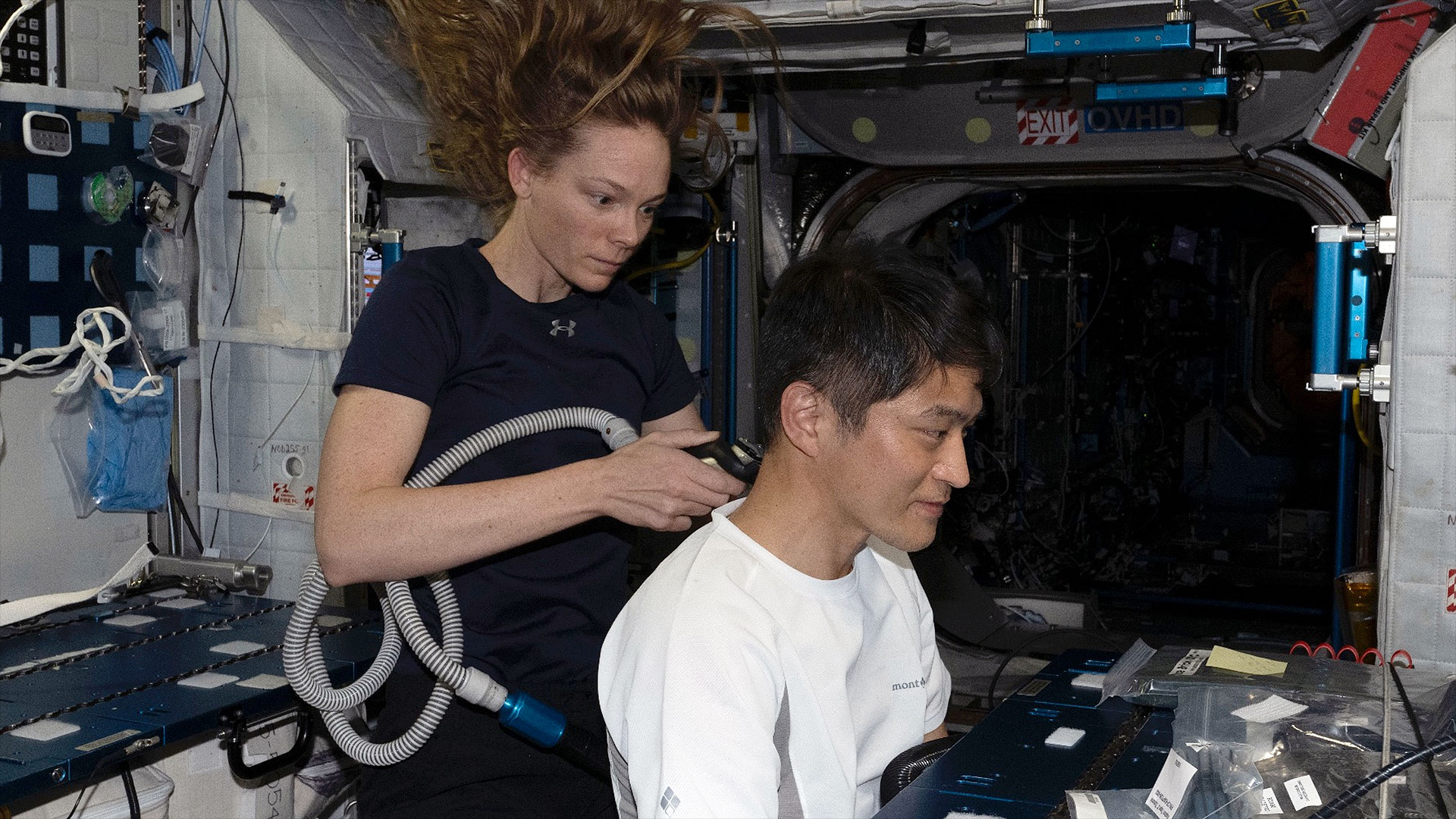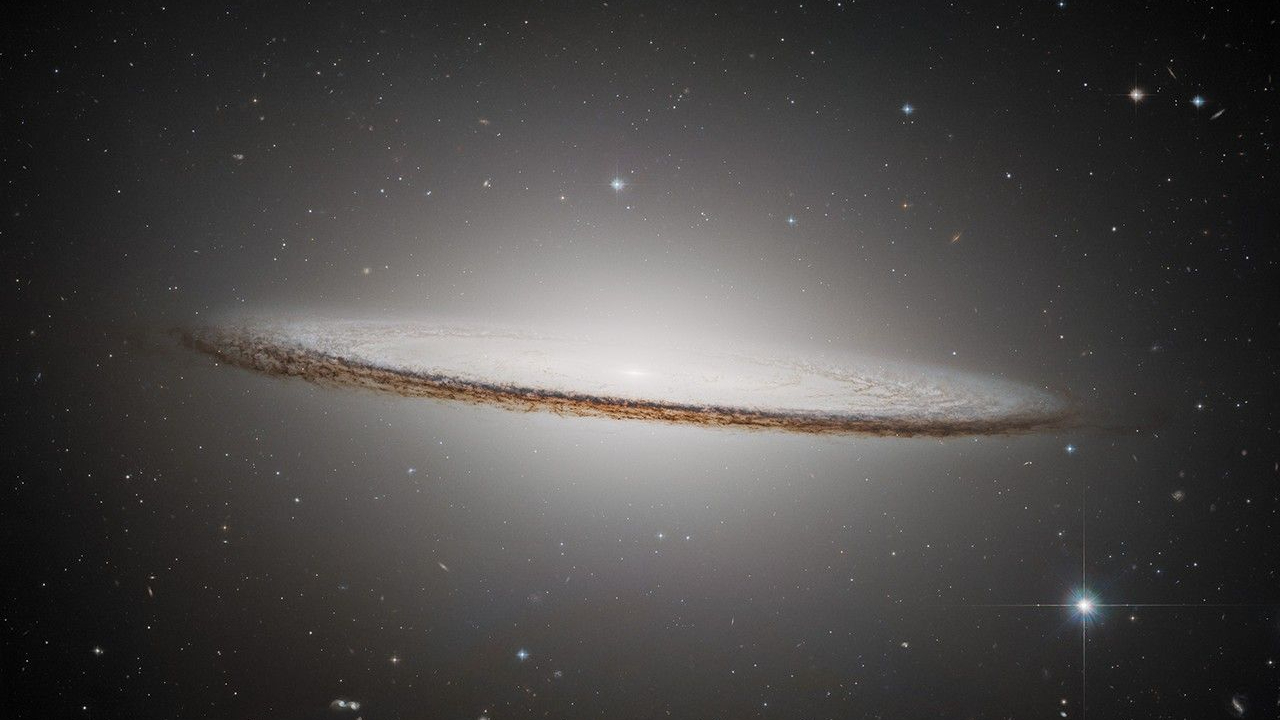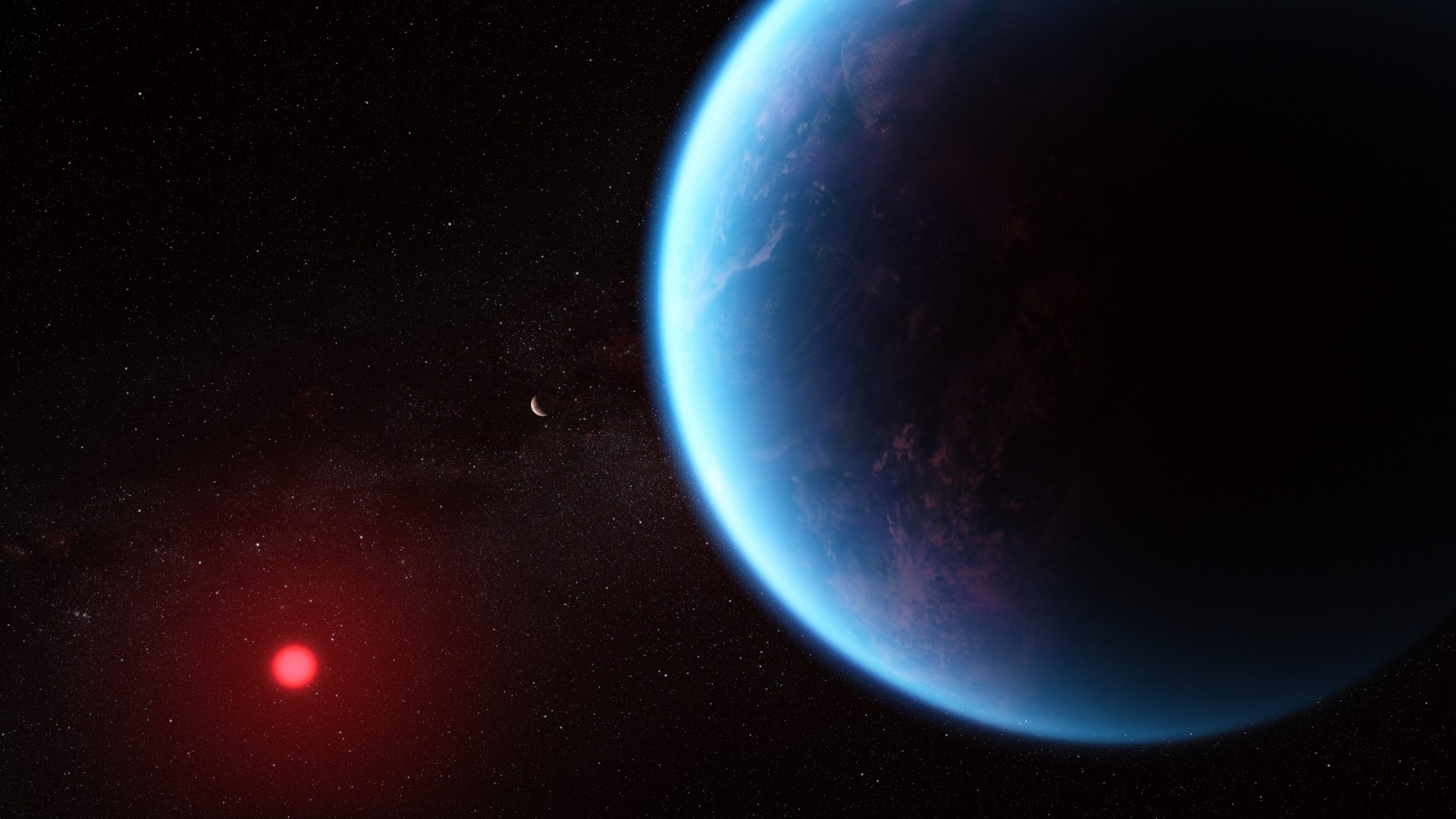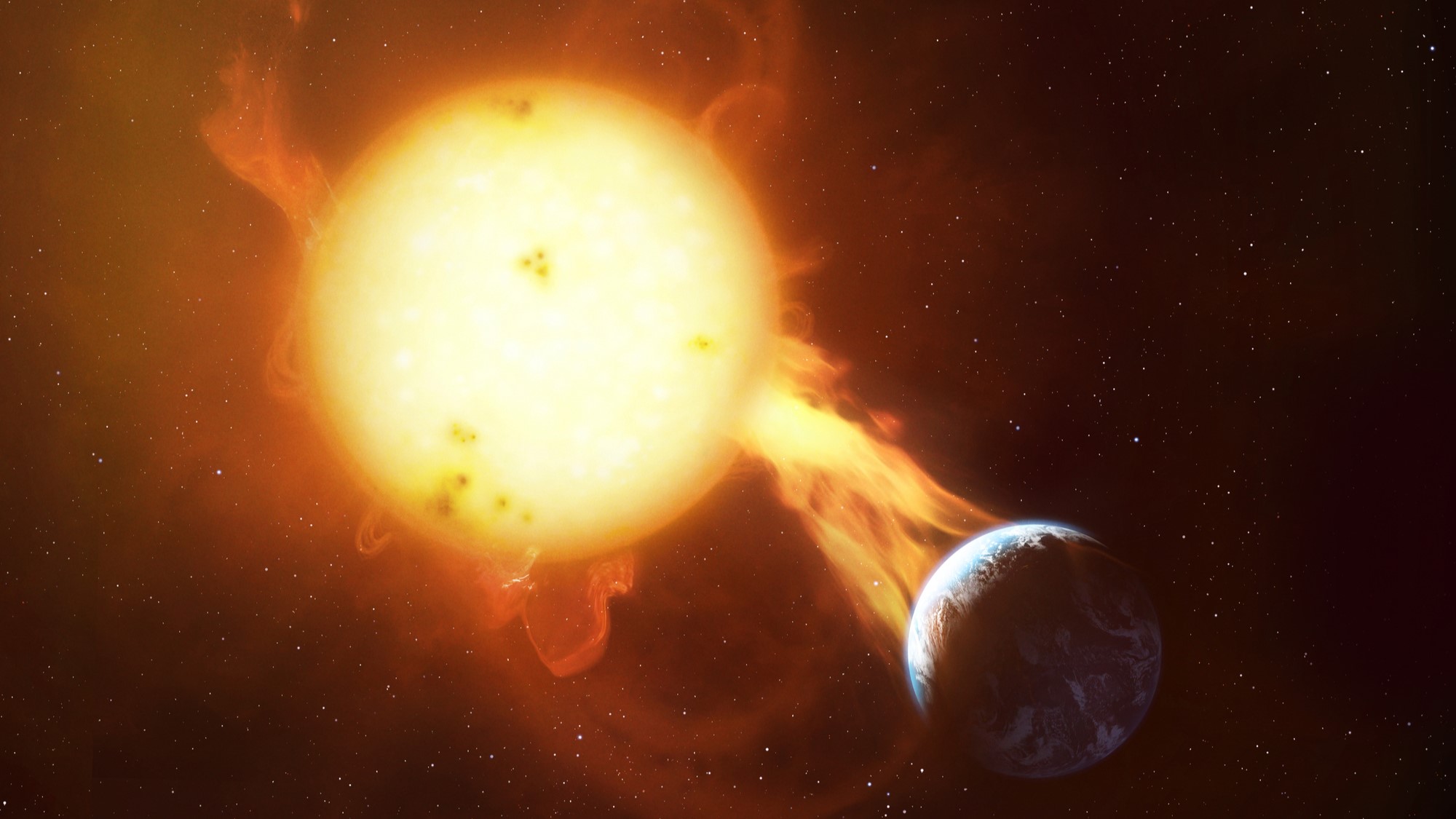A Veil of Ice: Saturn's Translucent Rings Revealed in Cassini Image

Saturn's rings reveal their translucent nature in this snapshot from NASA's Cassini spacecraft.
While the majestic rings around Saturn may appear solid and opaque in some photographs — like a cosmic vinyl record — the rings are actually more like a translucent veil of ice and rock draped around the gas giant. This image from Cassini makes that translucent nature very apparent because light reflected off of Saturn's cloud tops can be seen shining through the rings. [See Cassini's Best Saturn Photos!
In the image, the rings dominate the foreground; the moon Pan, which is only about 17 miles (28 kilometers) across, can be seen orbiting in the Encke Gap in the A ring. Near the top of the image, the brightly lit curve of the planet slopes downward and is still visible through the rings. The sunlight streaming through the rings creates a striped shadow on Saturn.
The image was taken in visible light with the Cassini spacecraft's narrow-angle camera on Feb. 12, 2016. The Cassini mission ended in September 2017, when the probe was intentionally sent hurtling into Saturn, where it broke apart before sending back in-situ data from the planet's atmosphere.
Follow Calla Cofield @callacofield. Follow us @Spacedotcom, Facebook and Google+. Original article on Space.com.
Get the Space.com Newsletter
Breaking space news, the latest updates on rocket launches, skywatching events and more!
Join our Space Forums to keep talking space on the latest missions, night sky and more! And if you have a news tip, correction or comment, let us know at: community@space.com.

Calla Cofield joined Space.com's crew in October 2014. She enjoys writing about black holes, exploding stars, ripples in space-time, science in comic books, and all the mysteries of the cosmos. Prior to joining Space.com Calla worked as a freelance writer, with her work appearing in APS News, Symmetry magazine, Scientific American, Nature News, Physics World, and others. From 2010 to 2014 she was a producer for The Physics Central Podcast. Previously, Calla worked at the American Museum of Natural History in New York City (hands down the best office building ever) and SLAC National Accelerator Laboratory in California. Calla studied physics at the University of Massachusetts, Amherst and is originally from Sandy, Utah. In 2018, Calla left Space.com to join NASA's Jet Propulsion Laboratory media team where she oversees astronomy, physics, exoplanets and the Cold Atom Lab mission. She has been underground at three of the largest particle accelerators in the world and would really like to know what the heck dark matter is. Contact Calla via: E-Mail – Twitter
